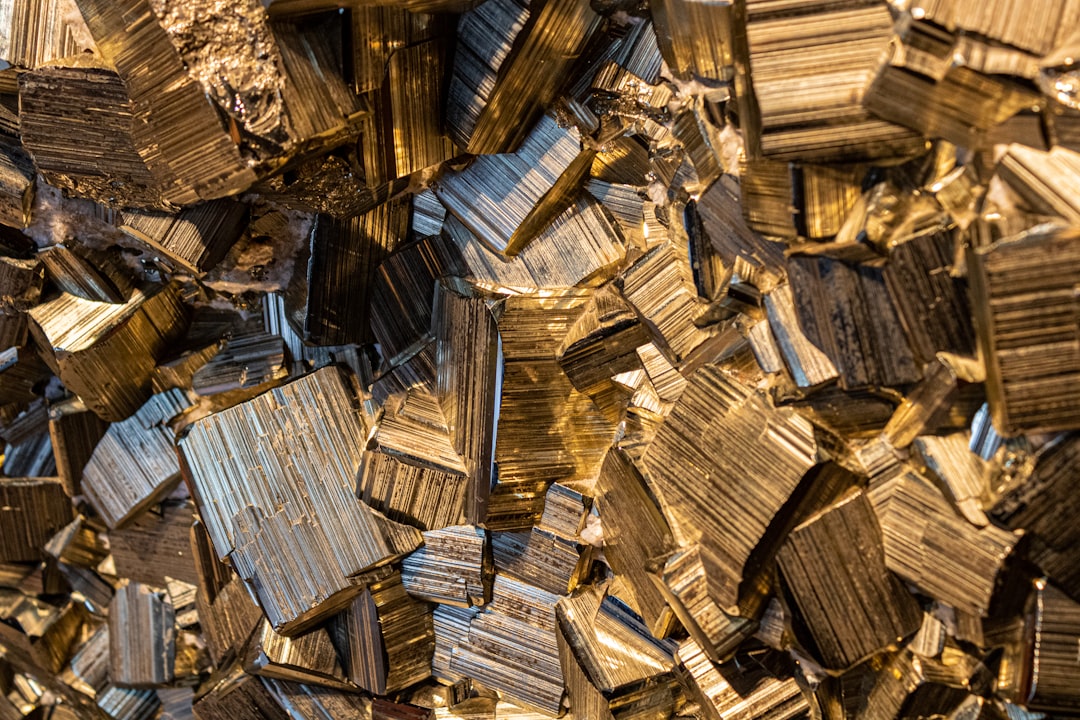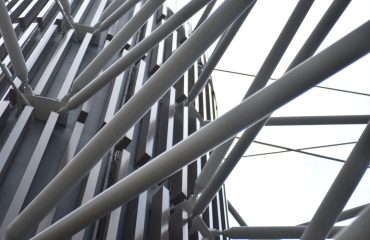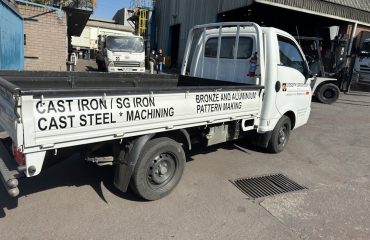Steel, a cornerstone of modern infrastructure and countless industries, doesn’t magically appear. Its creation relies on a complex and fascinating supply chain, beginning with the sourcing of crucial raw materials. Understanding these sources is key to grasping the intricacies of steel production and its global impact. This blog post will explore the primary raw materials used in steelmaking, detailing their extraction, processing, and significance in the industry.
1. Iron Ore: The Foundation of Steel
Iron ore, the most essential raw material for steel production, is a naturally occurring rock or sediment that contains significant quantities of iron oxides. These oxides, primarily hematite (Fe₂O₃) and magnetite (Fe₃O₄), are extracted through various mining methods, including open-pit mining and underground mining, depending on the ore body’s location and characteristics. The quality of iron ore is determined by its iron content, along with the presence of impurities like silica, alumina, and phosphorus. High-grade iron ore, boasting higher iron content, is highly sought after due to its efficiency in the steelmaking process, minimizing the need for extensive purification.
Major iron ore producing countries include Australia, Brazil, China, India, and Russia. The extraction process is resource-intensive, requiring significant energy and posing environmental challenges related to land disturbance, water usage, and dust pollution. Sustainable mining practices are increasingly crucial to mitigate these environmental impacts and ensure the long-term viability of iron ore production.
2. Scrap Metal: A Sustainable Steel Ingredient
Scrap metal, encompassing steel and iron from various sources, plays a vital role in modern steel production. This recycled material significantly reduces the reliance on virgin iron ore, contributing to a more sustainable steel industry. Scrap metal sources are diverse, including end-of-life vehicles, construction and demolition debris, industrial byproducts, and obsolete machinery. The quality of scrap metal varies greatly, depending on its origin and composition. Different grades of scrap are categorized based on their chemical composition and physical properties, ensuring their suitability for various steelmaking processes.
Utilizing scrap metal in steelmaking offers several advantages. It reduces energy consumption, lowers greenhouse gas emissions, and conserves natural resources. The growth of the scrap metal recycling industry is essential for a greener and more resource-efficient steel industry, promoting circular economy principles.
3. Coal: The Fueling Force of Steel Production
While not a direct ingredient in steel itself, coal plays a crucial role in the steelmaking process, primarily as a fuel source in blast furnaces and as a reducing agent in some steelmaking processes. Coal’s high carbon content is vital for providing the heat required to melt iron ore and other materials in the blast furnace. It also provides the reducing agent (carbon monoxide) necessary to extract iron from its oxides. The type of coal used influences the efficiency and environmental impact of the steelmaking process, with lower-sulfur coals being preferred to minimize sulfur emissions.
The reliance on coal in steel production raises environmental concerns, particularly regarding greenhouse gas emissions and air pollution. The steel industry is actively exploring alternative energy sources and technologies to reduce its carbon footprint and transition towards more sustainable practices.
4. Direct Reduced Iron (DRI): An Alternative Iron Source
Direct Reduced Iron (DRI), also known as sponge iron, is an alternative iron source that bypasses the traditional blast furnace route. DRI is produced by directly reducing iron ore with natural gas or other reducing agents at high temperatures, but without melting the iron. This process generates a porous, sponge-like iron product, which is then used in electric arc furnaces (EAFs) for steelmaking. DRI offers several advantages, including lower energy consumption and reduced greenhouse gas emissions compared to blast furnace ironmaking, particularly when using natural gas as a reducing agent.
However, the production of DRI is sensitive to the price of natural gas and other reducing agents. The availability and cost of these materials can significantly influence the economic viability of DRI production. Despite this, DRI’s role in steelmaking is growing, contributing to a more sustainable and efficient steel industry.
5. Fluxing Materials: Ensuring Smooth Steelmaking
Fluxing materials, such as limestone and dolomite, are added to the steelmaking process to remove impurities from the molten iron. These materials react with impurities like silica and alumina, forming slag, which is then separated from the molten iron. The proper selection and use of fluxing materials are crucial for producing high-quality steel with the desired chemical composition and mechanical properties. The type of fluxing material used depends on the specific steel grade and the impurities present in the raw materials.
The use of fluxing materials is essential for controlling the chemical composition of the steel and improving the efficiency of the steelmaking process. Their selection is based on factors such as the type of iron ore used, the desired steel grade, and environmental considerations.
In conclusion, the production of steel relies on a complex interplay of various raw materials, each playing a critical role in the process. Understanding these sources, their characteristics, and their impact on the environment is essential for promoting sustainable and efficient steelmaking practices for the future.
SEO Tags:
- Steel Raw Materials
- Iron Ore Production
- Scrap Metal Recycling
- Steelmaking Process
- Direct Reduced Iron (DRI)




